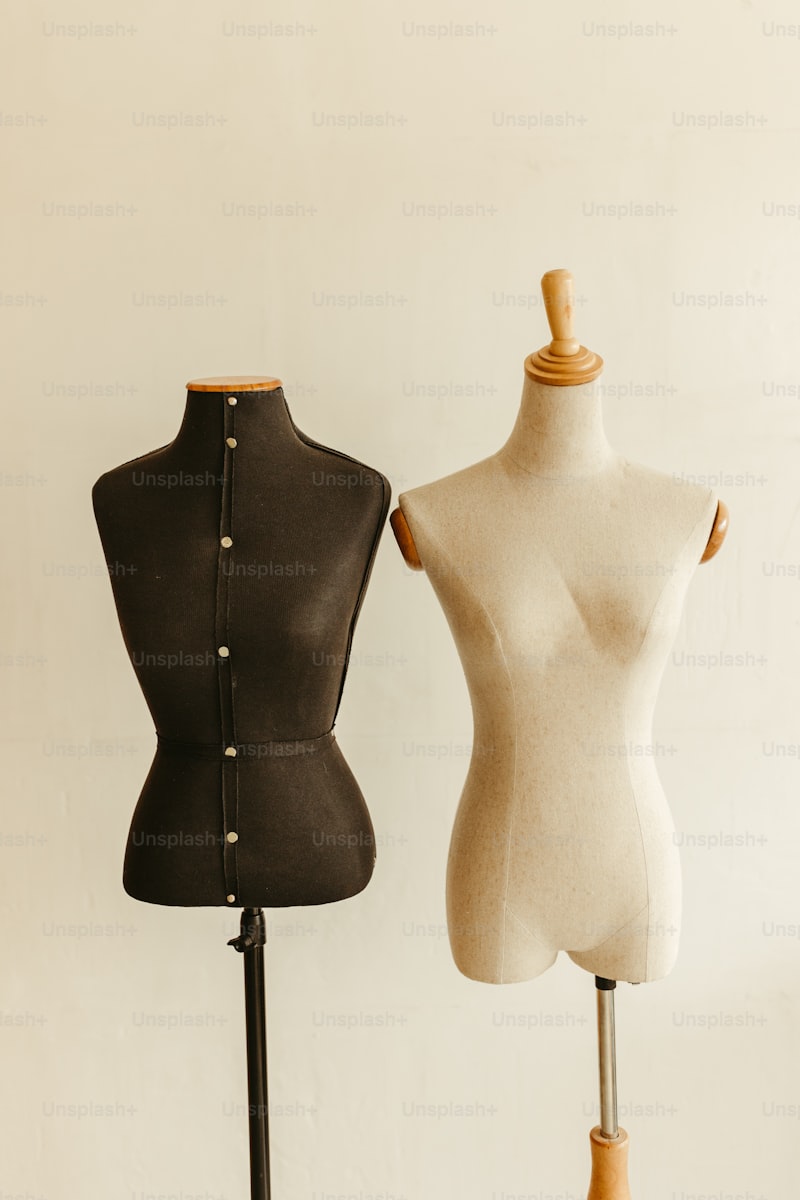Comparison of Materials Used in Dresses: A Comprehensive Guide
An In-Depth Look at Dress Materials
When shopping for dresses, one of the most fundamental aspects to consider is the material. The comparison of materials used in dresses can significantly impact not only the appearance but also the comfort, durability, and overall wearability of the garment. This article aims to provide a detailed examination of various dress materials, their properties, advantages, and disadvantages, helping you make an informed choice for your wardrobe.
Why Material Matters in Dresses
Choosing the right material for a dress can enhance your style in numerous ways. Different fabrics offer varying levels of breathability, stretch, and texture, which can affect everything from how a dress fits to how it feels against the skin. Furthermore, materials can influence the dress's durability and care requirements. Understanding these differences allows you to select the perfect fabric to match both your personal aesthetic and practical needs.
Common Dress Materials
| Material | Properties | Advantages | Disadvantages |
| Cotton | Soft, breathable, natural | Comfortable, easy to care for | Wrinkle-prone, less durable |
| Satin | Glossy, smooth, heavy | Luxurious appearance, drapes beautifully | Can snag easily, may be hot to wear |
| Silk | Soft, lustrous, lightweight | Elegant feel, hypoallergenic | Expensive, needs special care |
| Polyester | Synthetic, durable, resistant to wrinkles | Affordable, easy to care for | Can be hot, less breathable |
| Linen | Natural, breathable, textured | Cool in hot weather, classic look | Wrinkles easily, can be rough |
Cotton: The Classic Choice
Cotton is one of the most common materials used in dresses, favored for its softness and breathability. It's perfect for casual dresses and summer wear due to its lightweight nature. However, while cotton is easy to care for, it can wrinkle easily and may not hold up as well over time compared to some synthetic fabrics.
Satin: The Glamorous Fabric
Satin is often chosen for formal dresses and evening wear. Its glossy finish and smooth texture create an elegant look that enhances any dress design. While satin drapes beautifully, it can also snag easily, and some people may find it uncomfortably warm for extended wear.
Silk: The Epitome of Luxury
Silk is a luxurious fabric that offers a beautiful drape and a soft touch. It's often used in high-end dresses and bridal wear. As a natural fiber, silk is also hypoallergenic, making it great for sensitive skin. However, silk comes with a higher price tag and requires special care, which can be a downside for many.
Polyester: The Practical Option
Polyester has become increasingly popular in the fashion industry due to its affordability and durability. Dresses made from polyester are often wrinkle-resistant and easy to wash, making them suitable for everyday wear. However, polyester may not be as breathable as natural fabrics, which can lead to discomfort in hot weather.
Linen: Perfect for Hot Weather
Linen is a breathable, natural fabric ideal for summer dresses. It keeps you cool and comfortable, making it a favorite choice for vacation and casual wear. However, linen wrinkles easily, and its rough texture may not appeal to everyone.

How to Choose the Right Material for Your Dress
Selecting the right material for your dress requires consideration of several factors:
- Occasion: Consider the event for which you're purchasing or creating the dress. Formal events may require fabrics like silk or satin, while casual outings might be better suited for cotton or polyester.
- Climate: Your local weather plays a significant role in material selection. If you live in a warm climate, lightweight, breathable fabrics like cotton or linen may be best. In colder climates, heavier fabrics provide warmth.
- Comfort: Think about how the dress feels against your skin. If you have sensitive skin, opt for hypoallergenic materials like silk or certain cotton blends.
- Care instructions: Some fabrics require specialized cleaning methods. Ensure you choose a material that fits your lifestyle in terms of maintenance.
- Budget: Finally, consider your budget. While you may be drawn to luxurious silk, more affordable cotton or polyester options can still look trendy without breaking the bank.
Frequently Asked Questions
What is the best material for summer dresses?
Lightweight and breathable fabrics like cotton and linen are the best choices for summer dresses, as they promote comfort and airflow.
Are synthetic fabrics less durable than natural fabrics?
Not necessarily. While natural fabrics can be more breathable, synthetic materials like polyester can be extremely durable and resistant to wear and tear.
How can I care for different dress materials?
Care varies by material: cotton and polyester can usually be machine-washed, while silk and satin often require hand washing or dry cleaning. Always read care labels for specific instructions.
Conclusion
Understanding the comparison of materials used in dresses is essential for making informed purchasing decisions. Each fabric has its unique properties, advantages, and shortcomings. Cotton and linen serve well in casual, warm settings, while silk and satin elevate your look for more formal occasions. Polyester remains a reliable option for various situations due to its practicality. Ultimately, the right choice depends on your personal preferences, intended use, and lifestyle needs. Consider these factors carefully to select the perfect fabric for your next dress purchase.
As fashion evolves, so does the technology behind fabric production. Keep an eye out for new innovations that may further enhance your dress-wearing experience!